
Ongoing precautionary measures are being taken for ships traveling the Red Sea. Many will continue rerouting global trade from China to ports elsewhere in Asia, and to do so, logistics companies must be agile. They must be ready to switch to smaller vessels to navigate more narrow passages and prioritize demand accordingly. Acting quickly to update routes, maximize capacity, and meet client expectations will depend on streamlined logistics.
By virtue of this, real-time communication between stakeholders will take precedence, with visibility of supply chains key to ensuring optimal reactive decision-making. Logistics companies will also pay closer attention to proactive planning with scenario planning tools and digital twin-based technology. Here are the emerging technologies to watch in 2025.
Digital Freight Platforms
The global freight forwarding market, valued at $210.6 billion in 2023, is forecast to grow at a CAGR of 5.1% to reach $286.4 billion by 2029. As intermediaries between shippers (exporters and importers) and carriers (shipping lines, airlines, and trucking companies) the job to ensure reliable cargo transportation is mounting. They must meet progressively strict logistics, documentation, and customs clearance regulations. To ensure the correct information at all times, shippers and carriers gain from being connected in real time, and this is increasingly becoming essential to compete in the industry.
Sweeping tariffs of up to 25% on imports from Canada and Mexico and 35% on goods made in China, despite officially relating to issues of illegal immigration and drug smuggling, are likely to significantly disrupt global supply chains. Given the potential for increased costs and delays in cross-border trade, businesses should prioritize supplier diversification and explore nearshoring options to enhance supply chain resilience. These platforms will become fundamental tools for small and large businesses alike by improving efficiency between stakeholders and reducing costs.
AI-Powered Analytics
Logistics providers will continue to examine how AI can help optimize route planning, minimize fuel consumption, automate load matching, and maximize capacity usage. They will also examine how predictive analytics can deliver cost savings and operational efficiencies.
Still, 2024 survey data reveals that only 53% of supply chain professionals are leveraging Internet of Things (IoT) trackers and devices for real-time shipment tracking. Real-time data on shipment location, engine status, demand, driver availability, and warehouse/depot/port space are essential to gain accurate results from AI-powered route planning systems.
To benefit from emerging AI-powered analytics tools, logistics decision-makers must ensure their teams have the resources to pull relevant historical and real-time data based on their objectives.
Digital Twins
Constructing virtual representations of supply chains with digital twins-based scenario planning tools will help logistics companies play out disruptions, test contingent strategies, and optimize operations with reduced risk.
The rising need for resilient supply chains has led the digital twin in the logistics market to register a CAGR of over 25.7% between 2024 and 2032 and was valued at $1.2 billion in 2023. Not only can logistics companies replicate their operations, but they can also zoom in on virtual replicas of assets such as vehicles, machinery, and infrastructure, helping predict potential failures before they occur. This proactive methodology minimizes unscheduled interruptions, diminishes maintenance expenditures, and augments the service life of crucial assets.
Reliable, real-time data remains critical for the accurate functioning of these tools. For instance, sensors on delivery trucks and containers provide data to digital twins, enabling in-house teams to review real-time asset conditions and simulate potential scenarios to find optimal next steps.
Generative AI
Logistics and freight teams can benefit from automotive processes such as providing price quotes, accepting loads, and setting appointments.
Already, C.H. Robinson has been able to automate more than 10,000 transactions per day, which has resulted in significant time savings for both the company and its customers. The company is also piloting the use of generative AI to interact with carriers and respond to instances when a carrier’s automated status updates aren’t working. Rather than taking up staff time to send an email, text, or instant message.
Dell Technologies 2024 Innovations Catalyst Study found that ensuring data reliability, security, and transparency across sources are the top three attributes to consider when using GenAI. These were also the biggest challenges reported, along with a lack of internal expertise in data science and AI. Accordingly, upskilling workers in AI and partnerships between logistics companies and technology providers will rise in 2025.
Going into 2025, agility is non-negotiable. The state of global trade, tariff changes, Red Sea disruption and elevated customer expectations mean logistics companies must embrace new strategies and technologies to maintain competitiveness. Emerging technologies like generative AI, real-time analytics software and scenario planning tools are advancing. Logistics teams must build a solid data foundation in 2025, if they haven’t already, to maximize these tools.



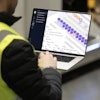

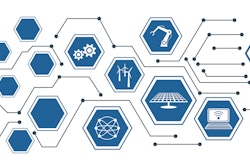

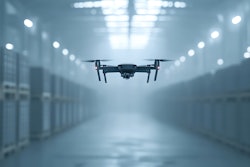


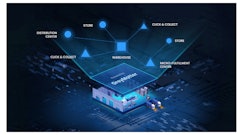
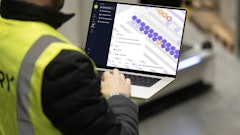







![Pros To Know 2026 [color]](https://img.sdcexec.com/mindful/acbm/workspaces/default/uploads/2025/08/prostoknow-2026-color.mduFvhpgMk.png?ar=16%3A9&auto=format%2Ccompress&bg=fff&fill-color=fff&fit=fill&h=135&q=70&w=240)